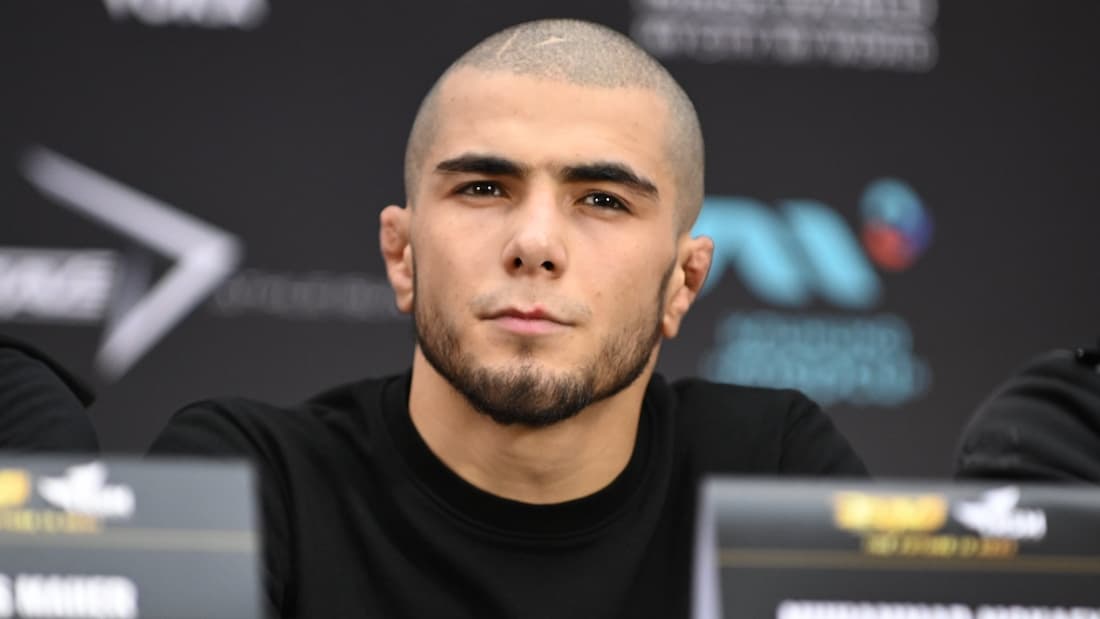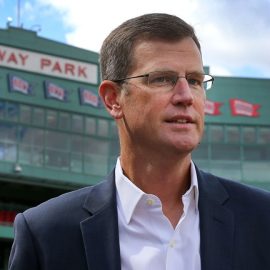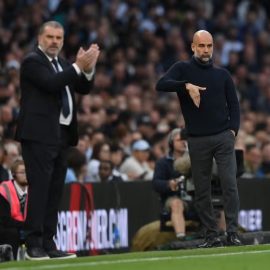MLS Commissioner Don Garber is once again soliciting foreign clubs to buy into the League now that the MLS Players Association (MLSPA) confirmed that they’ll strike if the League doesn’t move towards guaranteed contracts and free agency. That’s to say, if Garber is going to make concessions on the issues that killed the Barcelona bid for a Miami franchise, he might as well use those concessions to get what he wants – a major foreign club buying a $40 million expansion team or existing team in the League.
An MLS strike just before or during the World Cup would be disastrous financially and to the brand. However, a bid from an overseas club to invest in MLS could factor into a collective bargaining agreement (CBA) resolution. If MLS contracts are restructured in some way acceptable to a foreign club and the CBA signed by the advent of the World Cup, the positive media exposure for the League would be priceless. Instead of stories spinning off a fractured league, marginal players, low salaries and limited player rights, MLS could promote its new soccer specific stadiums, new sponsors and broadcasts, international stars, the success of Seattle Sounders, and the high attendance of last summer’s international matches. MLS could look very promising in the glare of the World Cup media.
Federal mediator George Cohen has been appointed to assist negotiations starting this week, but any recommendations are non-binding and a strike could still be ordered. After two extensions beyond the January 31 deadline, the MLSPA refused Garber’s offer to continue the old CBA through 2010 and allowed it to expire, which effectively allows the players to strike at any time. With Fox and ESPN heavily invested in MLS and the World Cup in 2010, the most lethal time to strike would be after the season begins and media hype is in full steam for the World Cup. A strike closer to June is also more practical for the US National Team, as the US-based players could train and compete with their teams in early spring in preparation for South Africa.
So, last week after the MLSPA let the old CBA expire, Garber engaged in preliminary discussions with Manchester City about entry into MLS.
“Whether it’s an existing team or an expansion team is irrelevant to me,” Garber said in an interview with The Associated Press at SoccerEx. “But I would see over the next number of years us continuing our connection with international football clubs, and having it go beyond representing them in the United States for brand development and fan opportunities.”
A foreign club in the League will have different objectives than its sister clubs, but that doesn’t prevent the arrangement from being mutually beneficial. The big European and English clubs are on a global mission to expand their brands and increase viewership and jersey sales worldwide. To date, their US branding efforts have focused on friendlies and affiliating top youth clubs under their banner to promote their name and fathom the US market. In such an expansive country, this amounts to throwing a pebble in a pond, but foreign interest in the US youth market should not be underestimated. Currently, there are no youth transfer fees for identified talent in the largest group of young players in the world.
Regarding the development of youth soccer, MLS now has serious competition from the new North American Soccer League (NASL) who already will have one residential academy up and running at Tampa Bay FC in fall 2010. MLS has none. According to Kartik Krishnaiyer, NASL Director of Communications and Public Relatons:
“Tampa’s [residency program] is already signed, sealed and delivered, they’re doing it, and they’ll be the first pro club in the country to actually have a residency program.”
NASL’s Miami FC, owned by Traffic Sports, also is developing a residency program and has already presented a proposal to the City of Fort Lauderdale. Expansion MLS team 2010 Vancouver has operated a residential academy for three years. Funded by owner Greg Kerfoot at a cost of $1 million a year, the academy houses, trains, and educates 15, 16, and 17 year-old players from as far away as Jamaica and Eastern Canada.
Some MLS clubs such as Chicago Fire, Colorado Rapids, and New York Red Bulls have network variations of parallel boys and girls teams spanning U-6 through college age, but they are only starting to produce occasional signings. The potential has barely been touched. Garber told the Associated Press:
“We could learn a lot about youth development and coaching and the technical side of things. On the technical side, we still need help and I like to think we are not creating an American version of the world game. I would like to think we are part of the world game, and in order to do that we need to have more deep association with the global football community.”
A foreign expansion team offers multiple benefits for MLS outside of revenue to compensate for union concessions. An association with a major brand would draw both global attention and that of American fans of international soccer who have spurned the domestic league. It might also increase the level of play in the League. Last spring, Garber jumped all over Barcelona’s bid for a Miami franchise, trampling hopefuls in St. Louis, Montreal, Portland, Atlanta, and Vancouver on the way to the handshake. For a while, it looked promising, but the deal-breaker revolved around player contracts.
In fall 2008, Marcelo Claure, CEO of Brightstar Communications, Joan Laporta, Barcelona president, and Joan Oliver, general director, campaigned on all fronts to launch a Miami franchise in 2010. The club would operate rent-free in Florida International University’ stadium for two years, develop a US-based academy and build a soccer specific stadium. Laporta told Sports Business Daily:
“We will provide this franchise with players from our academies around the world and the ones we will build in the States in order to make a profitable franchise so that shareholders will be compensated for our efforts.”
However, these investors did not fully grasp MLS player contract arrangements and when they did, they could not accept them.
Claure said:
“We wanted to form an Ibero-American team, with players from Bolivia, Spain, Columbia, Venezuela, etc. To succeed in Miami, you need to form a team including Latino players, reflected in the fans, and obviously the team should have a Spanish touch with players from Spain and, of course, players from the USA. We have to include the Americans, because the League only allows eight foreign players per team.”
If a foreign club should now enter the picture, an increased international roster might be something the MLSPA would have to swallow. Currently, each team is allowed eight international slots, with the exception of Toronto FC who have 13 slots, five of which may be used on domestic U.S. players. This variation, which accommodates Toronto’s Canadian identity could be extended to a foreign team, who would want to use their own players and retain their national identity.
Barcelona objected to League ownership of their players, but the union crisis now may have Garber looking for profitable alternatives to offset union concessions and avoid a disastrous strike. It’s likely that a foreign club might wish to move their developing MLS talent to their foreign-based club or sell them on and profit from their academy training. While the contract arrangements sought by a foreign entity and the MLSPA might differ, it’s likely there’s common ground that could effectively satisfy all parties given the gains.
Garber told AP:
“We tried with FC Barcelona and Real Madrid and we will continue to talk to the Spanish clubs while finding some way to see if there is an investment opportunity with any of the English clubs.”
If Garber successfully establishes a new CBA, the MLS Board of Governors will offer him a raise worth an annual salary of $3 million for the next four years. If he’s able to satisfy the union’s contract demands and simultaneously attract the investment of a major foreign club, it could be said that he earned it.
Add Sportslens to your Google News Feed!






